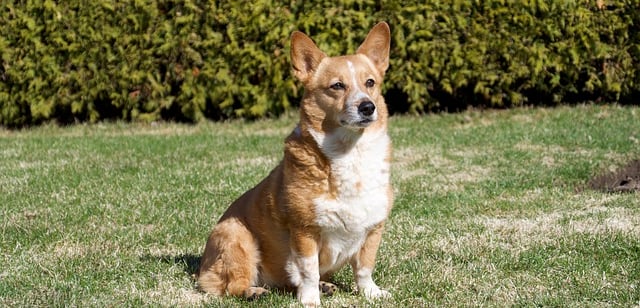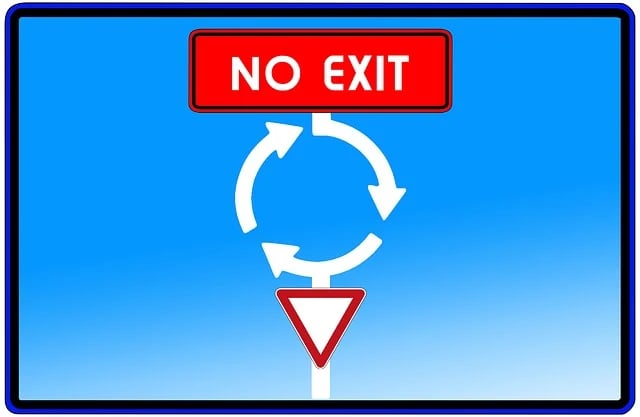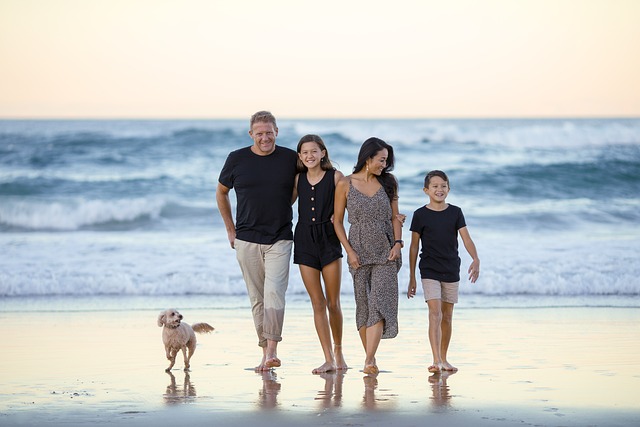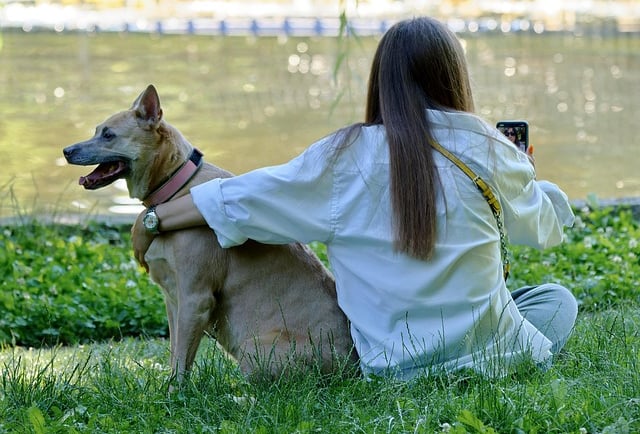5 Easy Puppy Training Tips Every New Dog Owner Should Try
9/22/20253 min read


Bringing a new puppy home is one of the most exciting experiences for any pet lover.
Puppies are adorable, curious, and full of energy
—but without guidance, they can also develop unwanted habits like chewing furniture or ignoring commands. The good news?
With the right approach, you can help your puppy grow into a well-behaved, happy companion. Here are five simple training tips that every new dog owner should know.
1. Start With Short Training Sessions
Puppies have a short attention span. If you try to train them for too long, they will quickly lose focus and become frustrated.
Aim for short training sessions—no longer than 5 to 10 minutes at a time. A few sessions throughout the day are much more effective than one long lesson.
This way, your puppy stays engaged, and you can end each session on a positive note.
2. Use Positive Reinforcement
One of the most powerful training tools is positive reinforcement. Instead of scolding your puppy for doing something wrong, reward them for doing something right.
Treats, praise, or even playtime can all work as rewards.
For example, when your puppy sits on command, immediately give them a small treat and an enthusiastic “Good job!”
👉 Many professional trainers agree that positive reinforcement builds trust and speeds up the learning process. If you’d like a complete step-by-step guide, I recommend you try the Online Dog Training Platform designed for beginners.
According to the platform, Founder Doggy Dan has 25 years of dog training experience, serving over 90 countries worldwide, with 90,000 followers on Facebook, and has helped train over 100,000 dogs.
3. Be Consistent With Commands
Consistency is everything in training. If you use different words for the same action, your puppy will get confused.
For instance, if you want your dog to sit, always use the word “Sit.” Don’t switch between “Sit,” “Down,” or “Stay” for the same action. Clear and consistent language helps your puppy understand exactly what you expect from them.
4. Socialize Early and Often
Early socialization is one of the most important parts of puppy training.
Puppies who are exposed to different people, sounds, and environments at a young age tend to grow up more confident and less fearful.
Take your puppy on short walks, let them meet friendly dogs, and gently introduce them to everyday noises like vacuum cleaners or doorbells. This helps prevent behavioral problems later in life.
5. Stay Patient and Positive
Training takes time. Puppies are like toddlers—they need repetition and encouragement. Some days your puppy will get it right, and other days they may seem to forget everything.
That’s completely normal. Patience and consistency are key. Remember, you’re not just teaching commands—you’re building a bond with your dog.
✅ Final Thoughts
Training your puppy doesn’t have to be overwhelming. By keeping sessions short, rewarding good behavior, staying consistent, and focusing on patience, you’ll be setting the foundation for a well-behaved dog.










Discover insightful articles about your pets.
© 2025. All rights reserved.
Contract: itsend131@outlook.com
